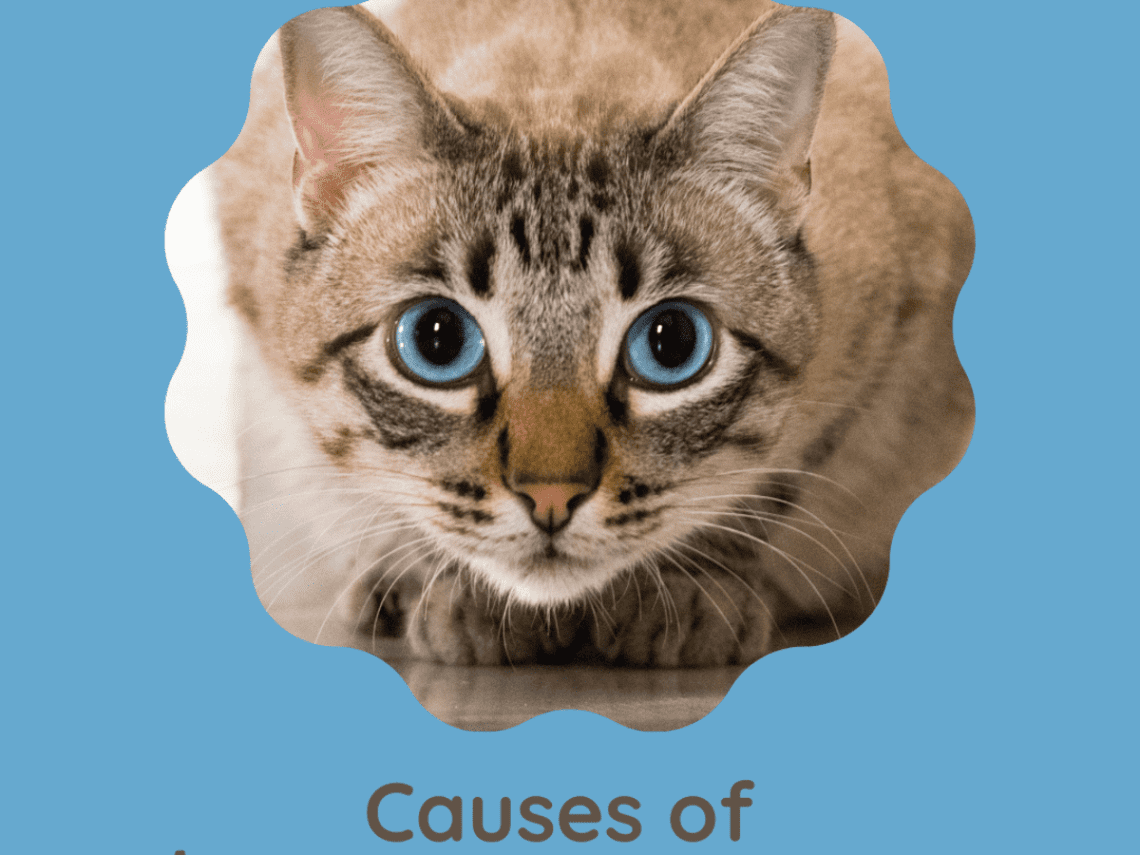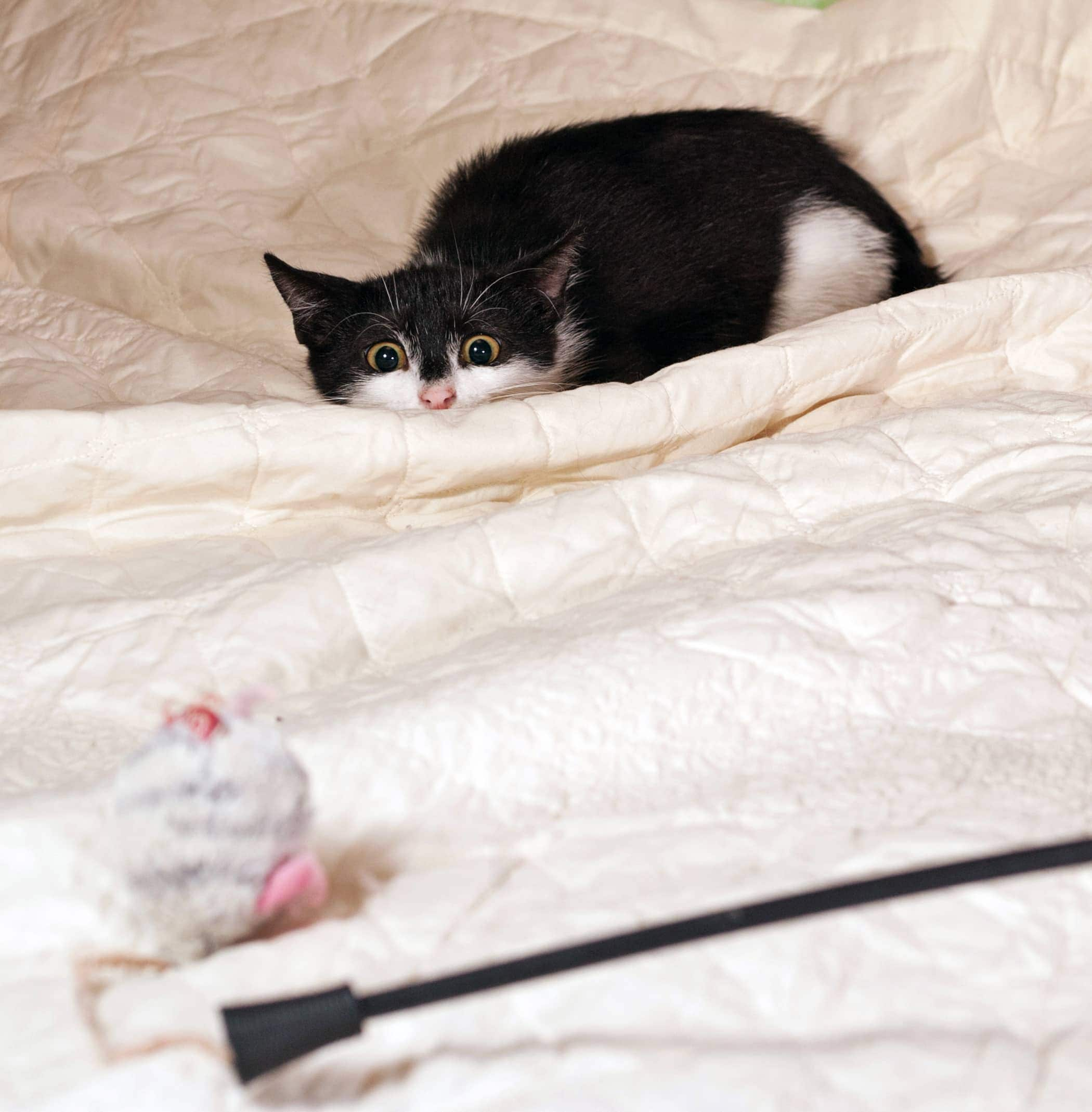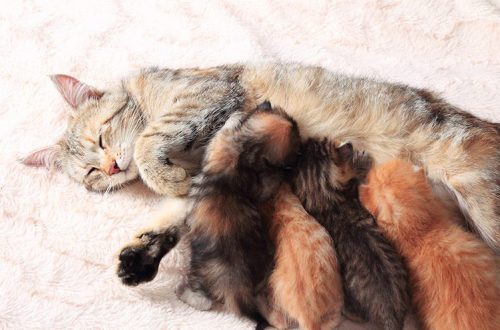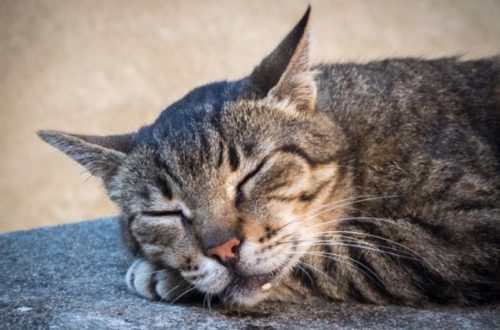
Why does a cat jump and bite: the reasons for the constant attacks of pets
Every cat owner knows that a furry friend loves to hunt down “prey” and pounce on her. Such a jump is one of the elements of the sequence of actions laid down in cats by an innate instinct. Understanding each step of this predatory dance will help people play more meaningfully with their pets.

Why does a cat jump on a person
Cats have a natural instinct to hunt and catch prey. According to the University of California, Santa Cruz, research on mountain lions shows that these large wild cats do not have significant stamina, but instead store energy and use only the bare minimum required, depending on the size of their prey.
Domestic cats act very similarly. When stalking prey, they will sit and stare at it or move slowly to find the best position to attack. Cats don’t usually spend much time chasing. Instead, they want to take a comfortable position and direct all their strength to a decisive blow.
Even if the cat understands that its prey is not a real living being, it still performs all the elements of the predatory dance, enjoying every step of it. That is why a cat will like a toy mouse lying around in one place more than a game of throwing a ball, which a dog would be delighted with. The mouse toy “sits” motionless, so the cat will start by stalking and then prepare to jump. Every move counts for a successful attack.
Preparing for the jump
Kittens master attack jumps as early as nine weeks old. Even older cats still like to hunt down “prey” and jump on it from time to time.
Regardless of the age of the cat, the sequence of elements of the predatory dance is fairly constant, and cats rarely jump without getting into a comfortable position and preparing their hind legs. After tracking and locating prey, the cat will usually focus its eyes on it and begin to wiggle its rear end before a big jump. Although this may seem very funny from the outside, it is actually an important step. Rear adjustment helps the cat make a good jump.
Cats estimate the distance to their target and adjust the force needed to accurately attack and capture prey. Larger prey may require more swaying or longer rear end shaking to build energy and balance. This is necessary for jumping and attacking.
After the jump
Why do cats pounce, and then for some time seem to play with their prey and pull it in their paws? While it may seem like the cat is just playing with the toy, it actually has an instinct to kill its prey with a bite to the neck.
Since these small animals use a lot of energy to attack, they need to finish off the prey as quickly as possible and with the least effort. This means that they need the victim to be in the correct position. That is why the cat first turns its prey in its paws and only then bites it.
Because jumping is a natural instinct, toys and games that encourage jumping will help your cat improve technique. So the next time you play with your pet, pay attention to how she will perform different elements of her amazing predatory dance in order to catch prey. By the way, this is a great exercise for any domestic cat, as well as a great opportunity to strengthen the bond with the owner.





